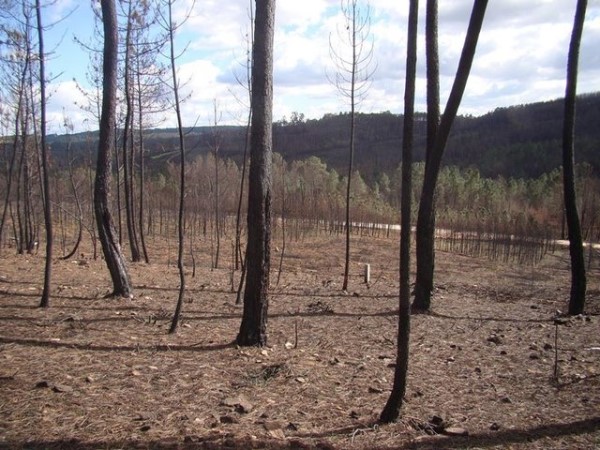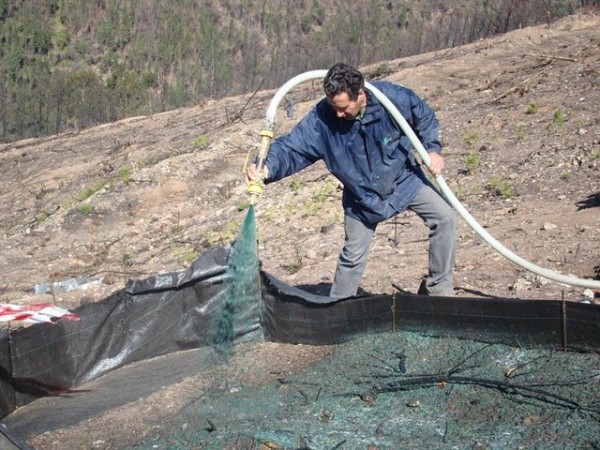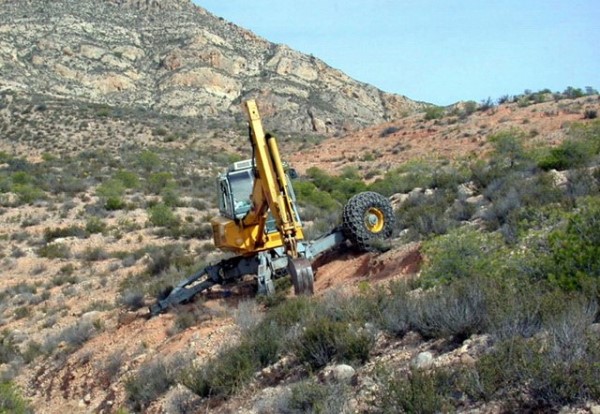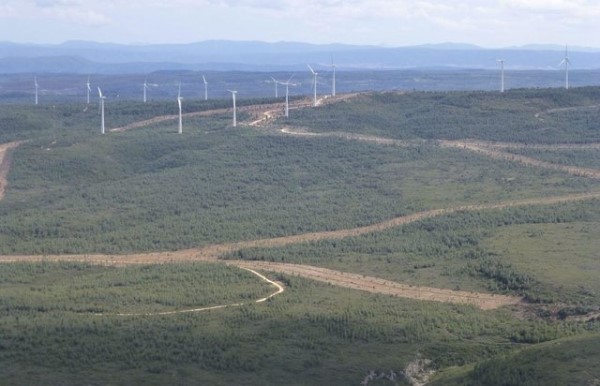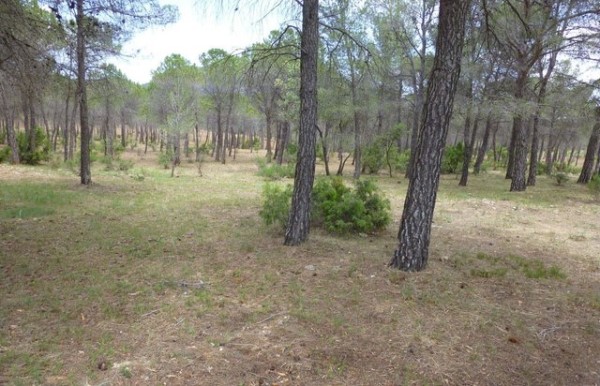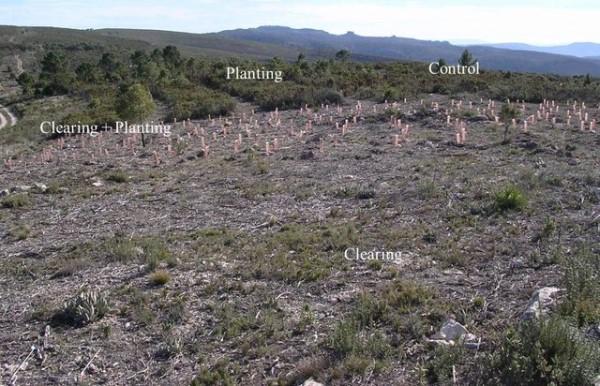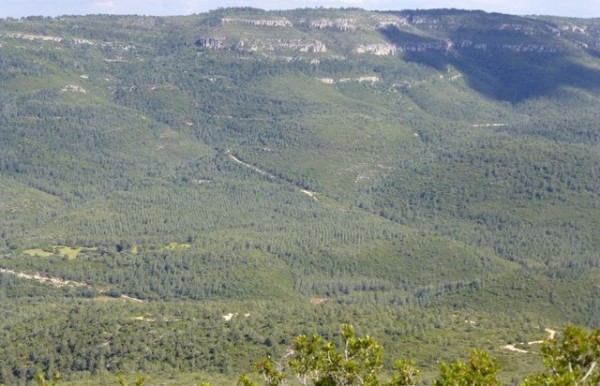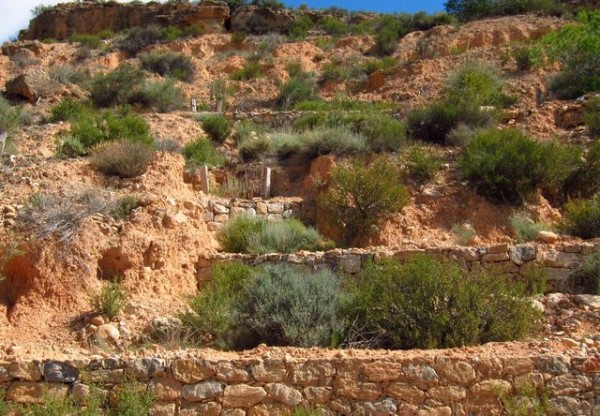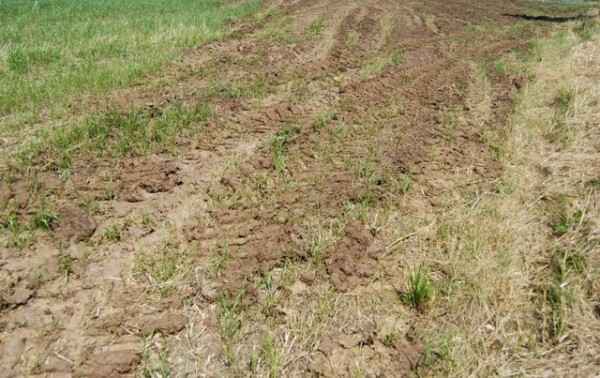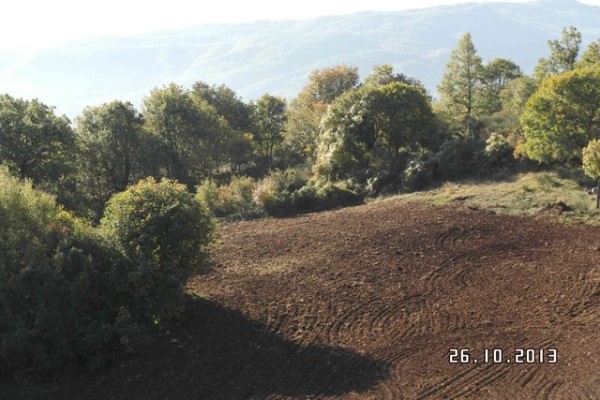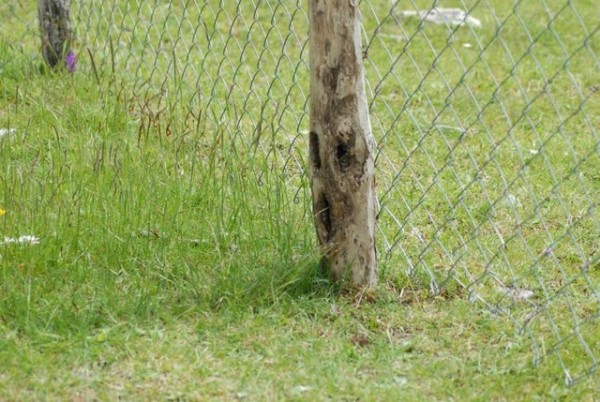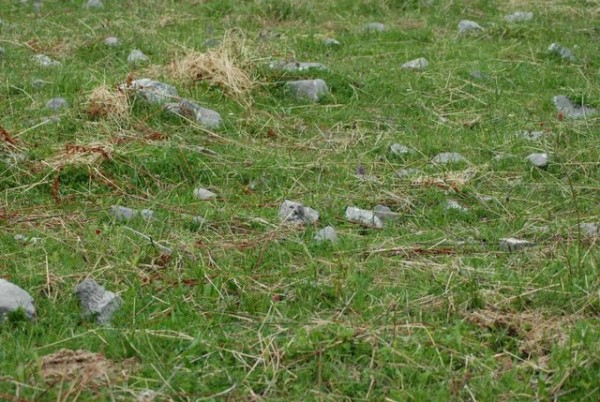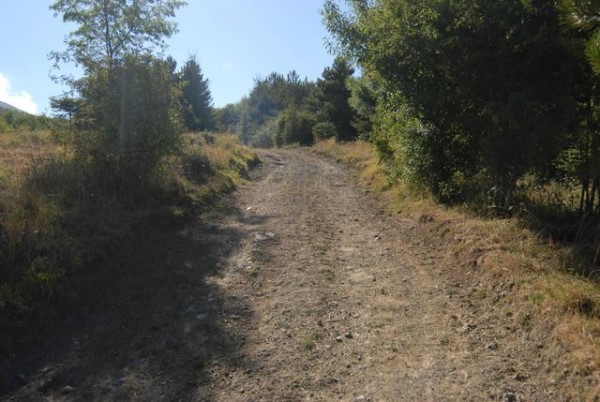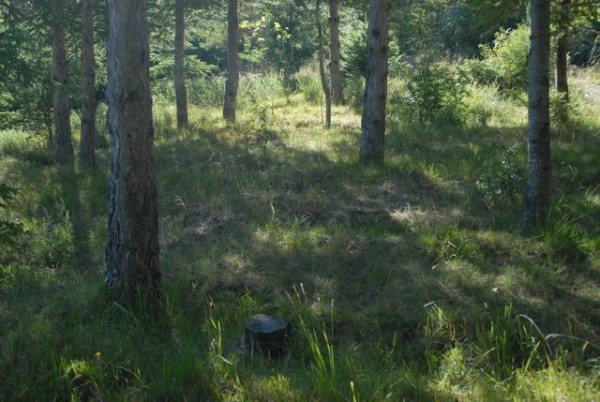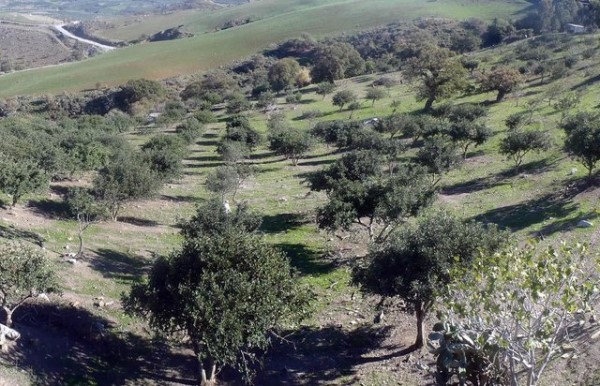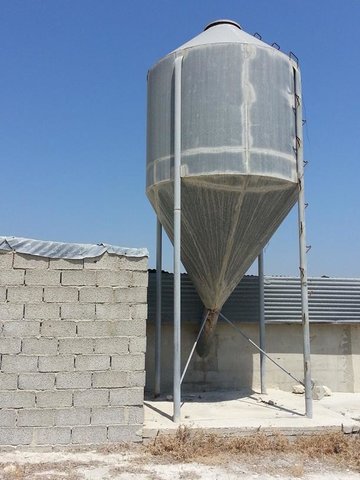| Authors: | Gudrun Schwilch, Matteo Jucker Riva, Hanspeter Liniger |
| Editor: | Jane Brandt |
| Source document: |
Schwilch, G. et al. 2014. Documented and evaluated natural resource management practices. CASCADE Project Deliverable 7.1. CASCADE Report 05. 10 pp. |
While the overall aim of CASCADE is the formulation of effective and sustainable natural resource management options, before inventing new measures it is worthwhile identifying existing practices which are already preventing (or reversing) dramatic ecosystem shifts.
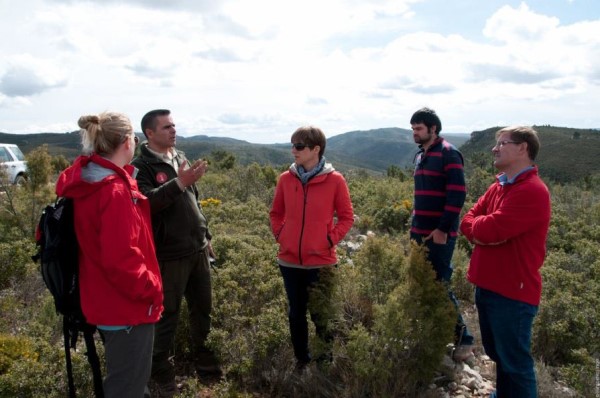
In each of the six study sites, CASCADE partners worked with the following local stakeholders
- land users and land owners: animal farmers, crop farmers, owners of forest patches
- land managers: forestry service workers, firemen, agricultural advisors/technicians
- local administrators: mayors, water authority directors, forest management directors
- other stakeholders: former land users, inhabitants of the area, experts in land use related topics or local history.
They identified land use-related problems (as perceived by the stakeholders) and the sustainable land management practices they are already using. The method used to structure the discussions, identify and describe practices has been developed, tested and used worldwide by WOCAT, and is fully described on the »WOCAT website.
This process led to the identification and description of 20 sustainable land management technologies and 3 approaches that are already use in the CASCADE study sites.
1. Sustainable land management technologies are agronomic, vegetative, structural and management measures (or combinations of measures) that control land degradation and enhance productivity in the field.
2. Sustainable land management approaches involves many participants (policy-makers, administrators, experts, technicians, land users), inputs and means (financial, material, legislative) and know-how (technical, scientific, practical)
| Study site | Approach (click on the name to see the full description on the WOCAT website) | |
| Várzea, Portugal | 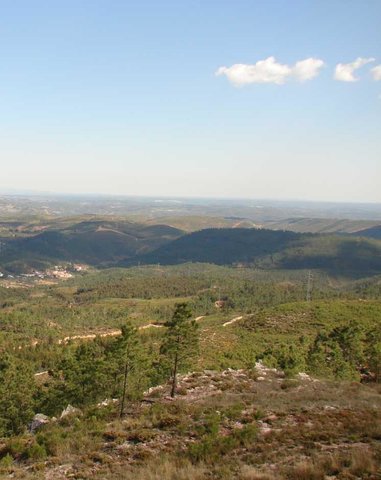 |
Forest Intervention Area (ZIF) |
| Ayora, Spain |  |
Plan of preventive silviculture (PSP): implementation of firebreak network with a forest intervention area (ZAU) |
| Castelsaraceno, Italy | 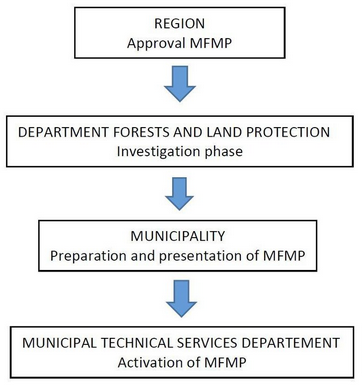 |
Municipal Forest Management Plan (Decade 2010-2019) |



